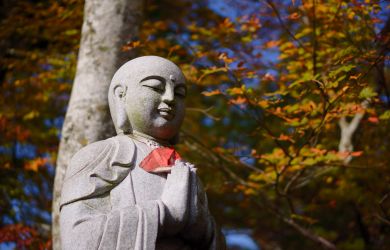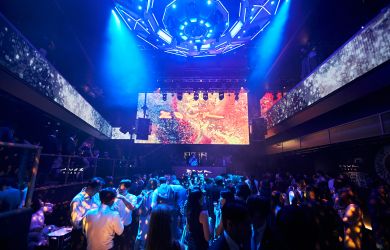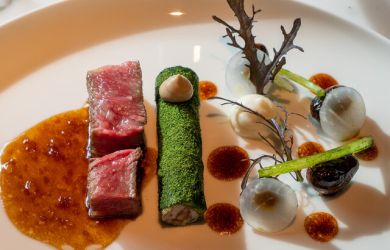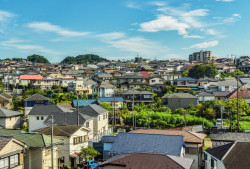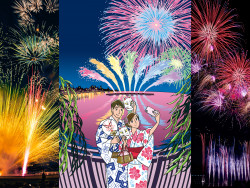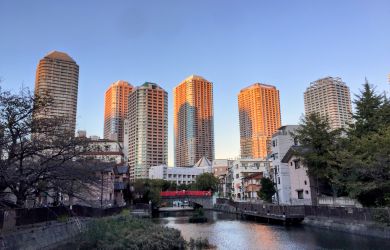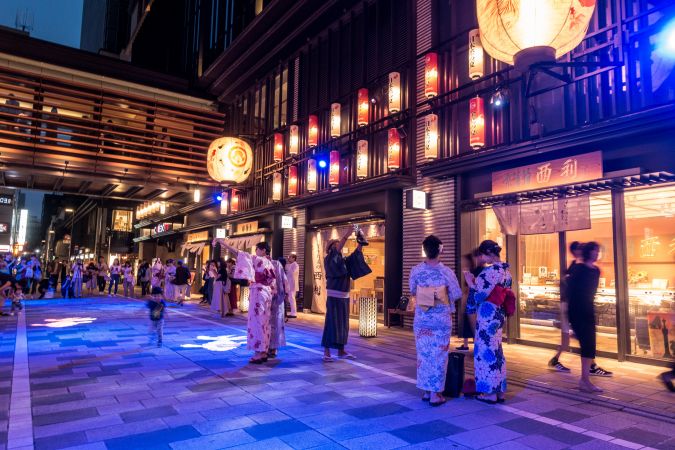
July 13, 2022
ECO EDO Summer Yukata Stroll
Immerse in Nihonbashi’s rich history with Edo fashion, food, and fūrin
By Alina Kramp
In the historical city of Nihonbashi, among the ultra-modern cityscape of sleek skyscrapers with tall, glass walls, observant visitors will notice the remnants of Edo that still scatter the city. Its reputation as a bustling commercial center is dated from the early 17th century. Nihonbashi sports a slew of commercial offices, bank buildings, Japan’s very first department store, and of course, the very bridge the city is named after. Originally a major intersection for travelers coming in and out of Edo, the imposing bridge was revamped in the 20th century into its stone and steel version that still supports plenty of traffic. With businessmen filling her busy streets, Nihonbashi is in many ways the same as she was 400 years ago, just with a (very) modern filter.
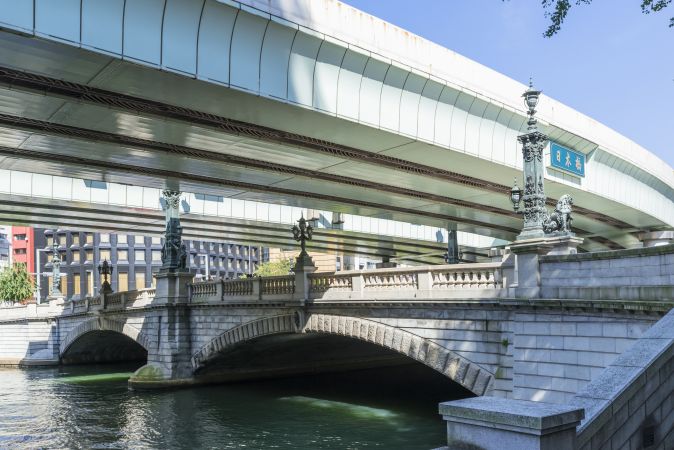
It is among the steely blue and marble white of Nihonbashi that ECO EDO is hosting their yukata stroll to encourage exploration of this city and partake in its rich history. You can feel free to visit in your own yukata, or swing by one of the seven participating kimono stores that can help you get dressed. No need to worry about your yukata moving during your exploration either, participating stores are at the ready to readjust your yukata if you feel it coming a little loose. Dressed in your favorite yukata, you can show your “yukata passport” to participating stores for special discounts and exclusive benefits all summer long. Working with several stores in the area, ECO EDO is highlighting summery sweets and art exhibits, backdropped with yukata-filled streets and the sound of fūrin wind chimes.

One of these participating stores is Ribayon Attack, a “modern Chinese” restaurant that boasts Szechuan cuisine paired with delicious and even unlikely drinks from the bar. The head chef, Hitoosa Yoshitsugu, is known for his recipe book and his online and media presence. Chef Hitoosa promises to serve up anything from his famous Mapo Tofu to refreshing summer desserts, laden generously with fresh mangoes and watermelon. Both the sharp spiciness of Szechuan cuisine and the cooling sweets inspire appetites for customers stepping in from the sweltering heat.
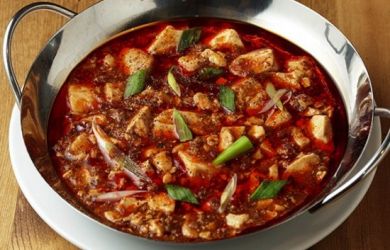
Because Ribayon Attack has such an impressive bar, I asked Chef Hitoosa what pairs well with Mapo Tofu. Surprisingly, he told me that Mapo Tofu balances well with the nutty, fruity-sweet flavor of sherry. With a wine sommelier in store, Ribayon Attack specializes in recommending great wines that go with Chinese cuisine, adding an extra depth to the art of fine Szechuan dining. Servings are purposefully made small at Ribayon Attack, so that guests can order various plates to share for an authentic Chinese dining experience.
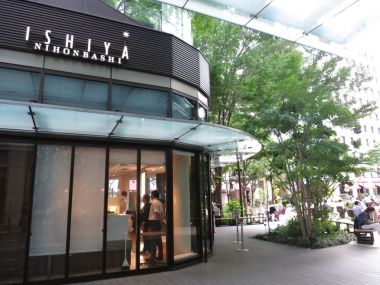
Another participating store is Ishiya, notorious for the Hokkaido omiyage “Shiroi Koibito.” Although they are unable to distribute Shiroi Koibito in Tokyo, Ishiya has a selection of popular desserts for customers to drool over. Of course, they have their famous langues de chat cookies, but they also have parfaits and ice creams inspired by the Shiroi Koibito chocolate.

Something not to miss is their pancake, still warm from the kitchen and piled high with rich cream in a swirling pattern. Once the film around the pancakes is removed, the cream cascades onto the pancakes, revealing an intricate floral design. The pancakes are perfectly fluffy, and the generous serving of cream might give an impression of being too heavy, but it is just the right amount of sweet and light. You can enjoy Ishiya’s pancakes in two flavors, of a classic strawberry, with fresh strawberries between the two pancake layers, as well as their more summery honey lemon rendition.
Another site to check out during your visit is the Fukutoku Shrine. Among several other locations, ECO EDO has set up a fūrin installation at Fukutoku Shrine. Already a beautiful shrine next to the scenic ukiyo-shōji, a small street decorated with warm red lanterns, guests can now also enjoy the soft music of the fūrin during their visit. Set up on a small bridge towards the back of the shrine, the dainty chimes of the fūrin inspire anyone passing through to close their eyes and breathe in, the wind swirling through their yukata, kissing away Tokyo’s heat.
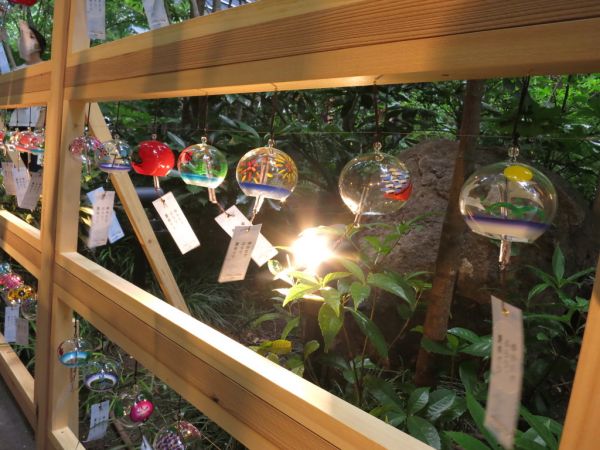
If you’ve been finding Tokyo’s heat relentless this summer, ECO EDO Nihonbashi might be the place to visit to find some relief. Wear a yukata and stroll back in time to Tokyo’s commercial origins. Feel like you’re part of history on the streets of Nihonbashi, walking on the very earth Edo’s best merchants trailed on, in similar fashion (literally). The sound of the fūrin throughout the city will guide your steps on your trips to the stores offering this summer’s best food, art, and entertainment.
Check out ECO EDO’s website for more information.
